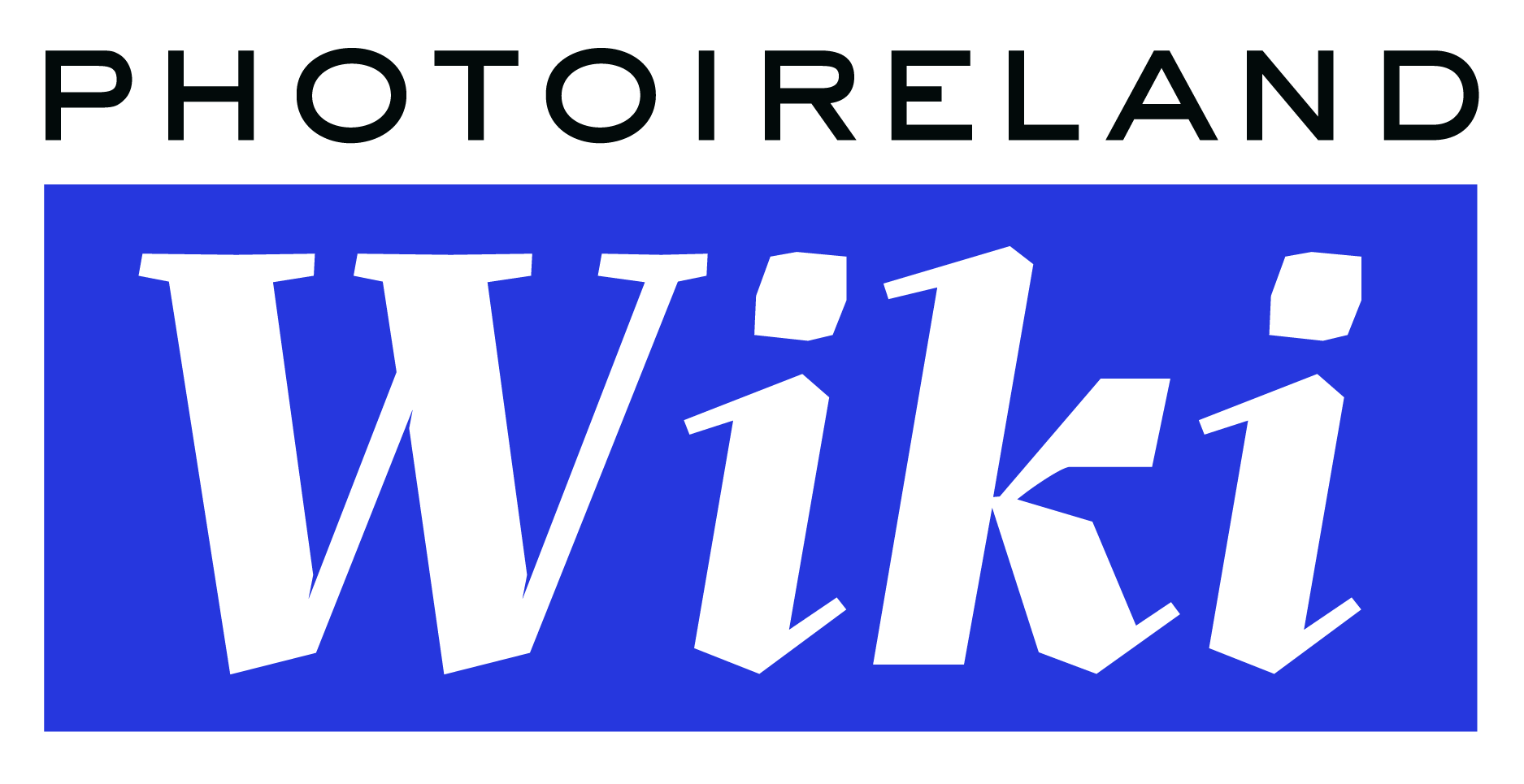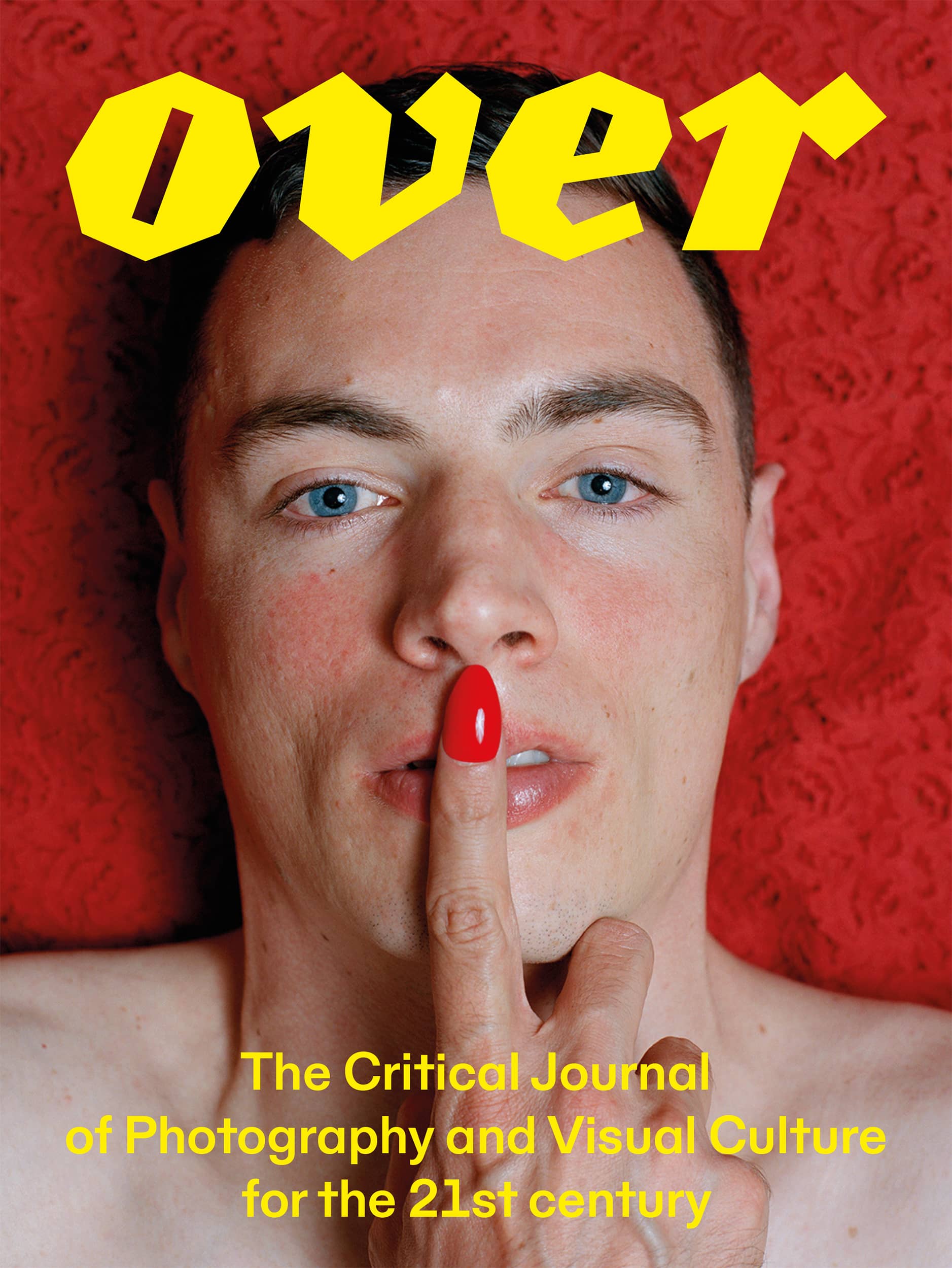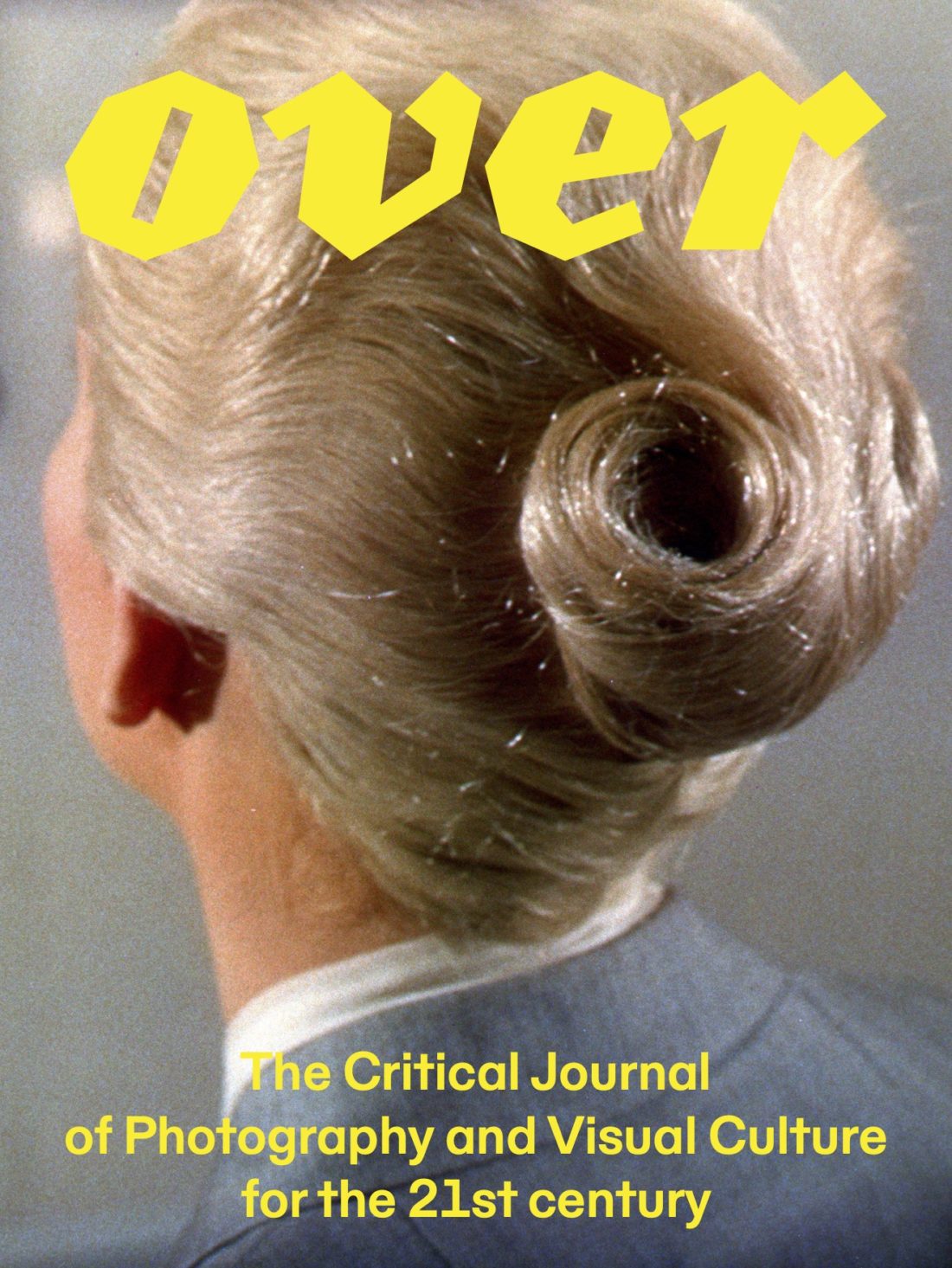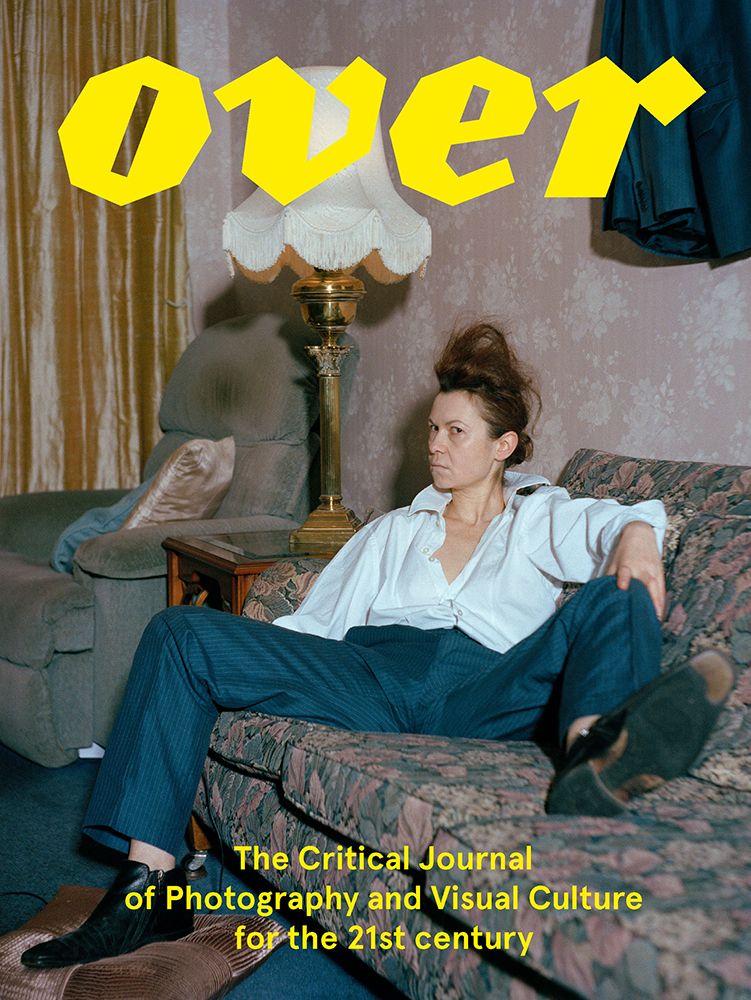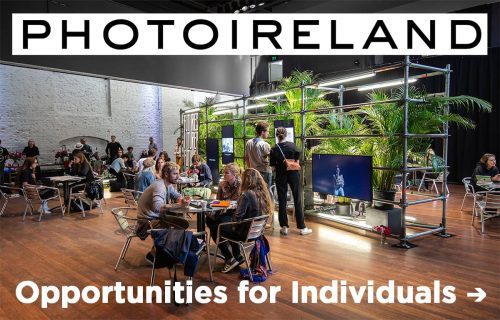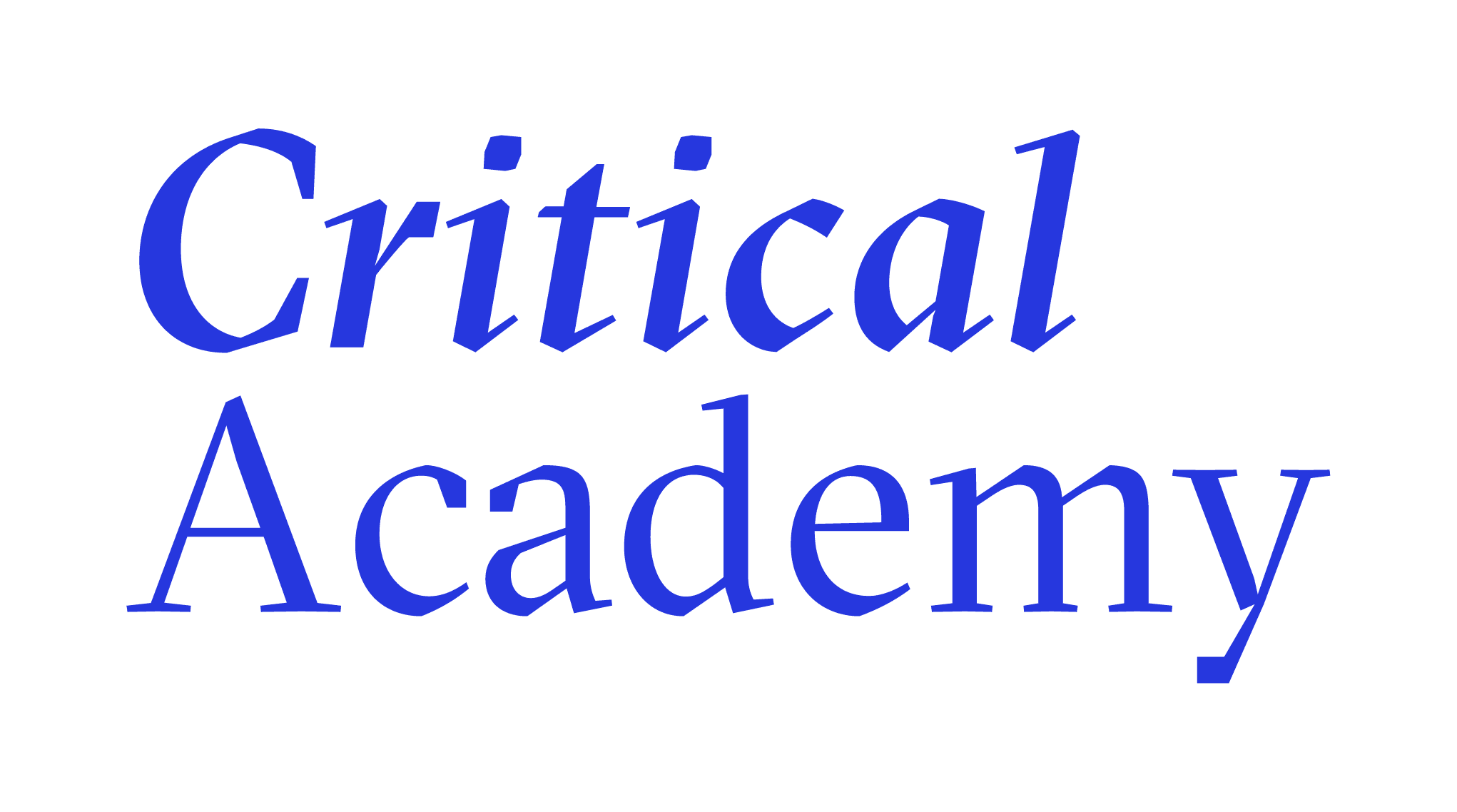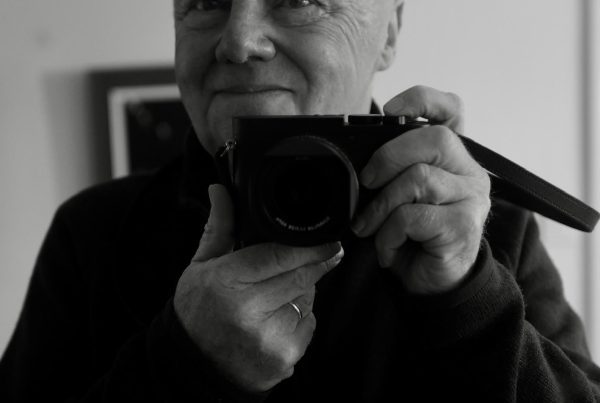
This page is under construction. If you wish to add information to it, read the instructions here.
Sylvia Grace Borda is an artist and Research Associate at Emily Carr University of Art and Design, Vancouver, and an Honorary Visual Arts Fellow (2010-15) and Media Arts Lecturer at the University of Stirling, Scotland.
Sylvia studied both at the University of British Columbia (UBC 1991-1996; 1999-2001 MFA) and Emily Carr University of Art and Design (ECUAD 1993-95 BFA).Her ability to think laterally across media in regard to how conceptual strategies can be introduced into art, photography and installation were heavily influenced by her then tutors at UBC Jeff Wall, Ian Wallace and Ken Lum.
By delivering studio theory classes at UBC and ECUAD as a lecturer between 2001-2007, Sylvia gained first hand experience in further interpreting new approaches to how conceptual art could be adopted by younger artists in the development of their own practice.
Between 2007-2009, Sylvia led the MA in interdisciplinary arts at Queen’s University Belfast, and taught her students how to be able to inscribe their artworks with both associative tiers of contextual and conceptual information. As MA Convener of Photography and Visual Arts at Queen’s University Belfast her responsibilities were four-fold 1) to lecture on contemporary digital photo imaging and popular cultural arts (from photography [fine art, photo montage and digital composite] to zines, blogs, interactive performance art, graphic novels, illustration, and gaming) in relation to the their past and current development. 2) to direct a fine art photography and visual arts curatorial writing program as part of on-going student development and studies and 3) to teach within the applied visual media arts programs course modules in digital studio (composition, imaging, and e-publishing) and 4) to promote research and the University by continuing to publish, exhibit, and undertake international dialogue about the delivery of photography and media arts across interdisciplinary platforms.1
Bio & Career
In addition while at Queen’s University Belfast (QUB) Sylvia worked with artist and curator Keith Donnelly (Glasgow), and Sinead Morrissey (Seamus Heaney Centre Poet) to deliver a new graduate streamed program to explore the construction of linguistic and creative artworks that transverse design and cultural media production. As part of this work, she delivered a showcase exhibition, re-COLLECT-ing, of 18 student artists’ and writers’ work in their response to Queen’s special collections as part of the university’s centenary celebrations. This program of work was accompanied by a catalogue with contributions from both guests and participants associated with the graduate and exhibition programme. The catalogue was published by Queen’s University Belfast and the Naughton Gallery (ISBN 9780853899341; p 56)
The Picture-Text program was listed as supporting initiative for the University’s bid to win the Times Higher Award for Innovation in the Arts. Work from this curatorial programme developed by Sylvia and her students went onto win as part of QUB’s submission for the Times Higher Award for Art and Innovation in 2008. This award would parallel a prize being offered by the General Governor of Canada for exceptional arts practice delivery in higher education.
After assisting with the Canadian Glocal arts initiative (2008-10) associated with the Winter Olympics 2010, Sylvia returned to the UK to implement curriculum for the launch of the inaugural digital photography and media arts programme at the School of Design and Visual Art, University of Salford-Manchester (2010).
Throughout her teaching career to date, Sylvia has delivered over 120 different course modules, and designed nearly half of them. She has a wide range of subject expertise and has taught new media and photography applied, as well as, theory courses – encompassing visual art, design communication, software systems, and art history as part of studio driven and technology programs at both under and graduate levels.
Teaching Philosophy:
Integral to her practice is the encouragement of dialogue and exchange. Her courses examine how cognitive responses evolve over time in relation to design and cultural events. Her own lecturing interests lie particularly in the examination of popular culture and in the emergence of new structural and visual systems.
Overall Sylvia’s teaching philosophy is to present a balance of history, theory and direct application so that students will be able to position themselves confidently in relation to contemporary and historical aesthetics. Within a context of examining past and current practices, students are encouraged to experiment and explore new techniques, alongside new ways of assessing media, criticality and self-reflection. The attainment of information (conceptual content, theoretical frameworks, and exercises) and technique (process) are balanced and equal in accomplishing a successful learning outcome (e.g. art production). Similarly, she encourages dialogue between student and teacher, emphasizing that it should always be reciprocal in order to achieve the maximum benefit.
2- “About” Sylvia Grace Borda http://www.sylviagborda.com/northern-ireland.html
- “About” Sylvia Grace Borda http://www.sylviagborda.com/northern-ireland.html
